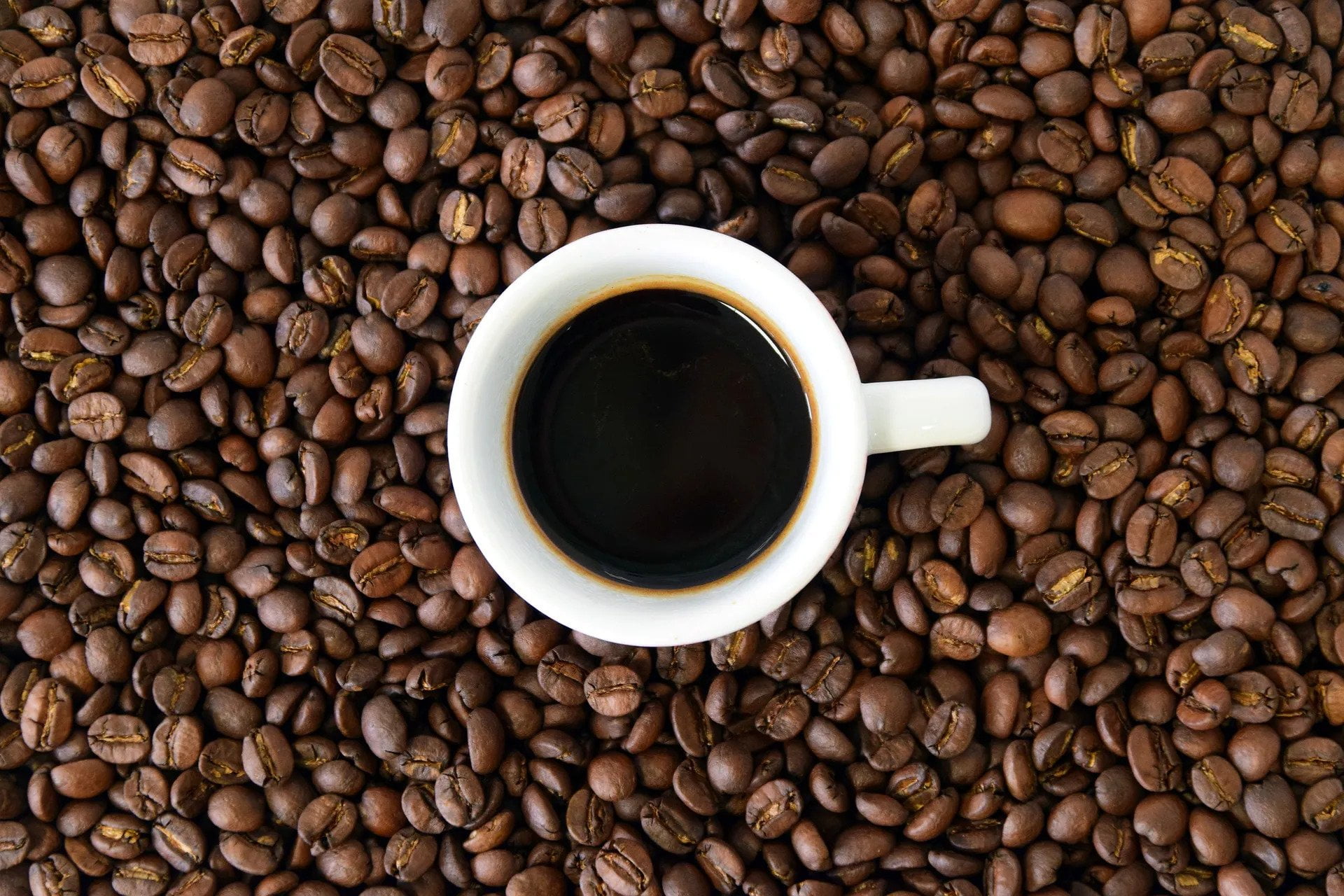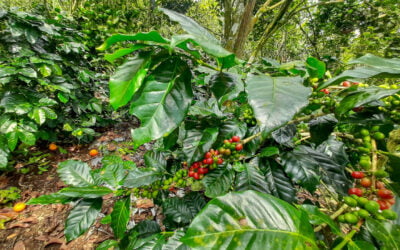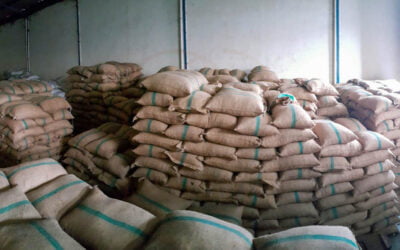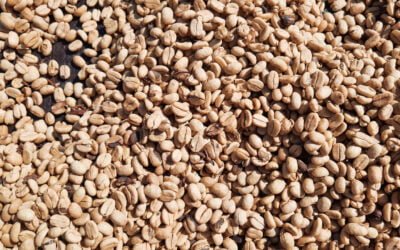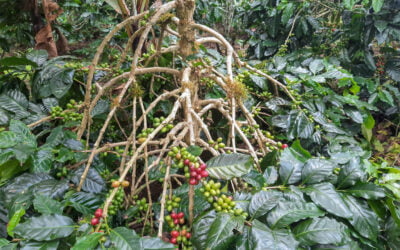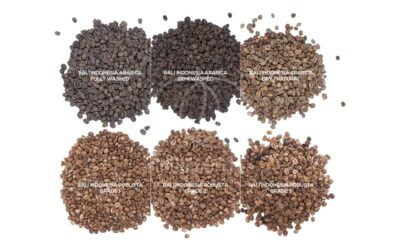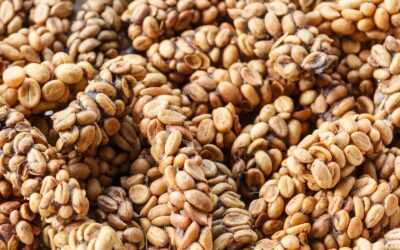In the ever-evolving world of coffee, where beans are the stars, we find ourselves at a crossroads in the ongoing saga of robusta versus arabica. This narrative, often overshadowed by the dominance of the latter, is poised to unveil a surprising twist.
Table of Contents
Robusta Rising: A Bold Coffee Choice
Robusta: A Misunderstood Marvel
Robusta coffee (Coffea canephora), often dismissed and deemed inferior, paradoxically possesses unique strengths. Its robust nature, thriving at lower altitudes and in diverse soil types, sets it apart from the finicky arabica. Despite its reputation for woody or nutty flavors, or even, less kindly put, the aroma of burning rubber, robusta holds hidden potential.
Italian Innovation: The Birth of Robusta Appreciation
The roots of robusta’s resurgence trace back to Italy in 1938. Achille Gaggia and Francesco Illy, pioneers of the espresso machine, faced a challenge—Italy’s economic woes and limited access to coffee imports. They ingeniously turned this adversity into an opportunity. Slow-roasting robusta in coal and wood-powered machines unveiled its latent flavors, transforming it into a delicacy.
The Rise and Fall of Robusta
In the 1980s, robusta enjoyed its heyday, with Italian catalogs offering an array of 20 distinct robusta varieties, each boasting a unique profile. However, winds of change were blowing. Illy, heavily invested in the pulped natural process that favored arabica, steered Italian consumers towards the allure of “100% Arabica” blends.
Instant Coffee and Robusta Decline
The mid-1980s witnessed a significant turning point, as Vietnam emerged from the shadow of the Vietnam War. Instant coffee, primarily derived from low-grade robusta beans, became a cornerstone of Vietnam’s burgeoning economy. This shift signaled the beginning of robusta’s downfall.
Reevaluating Robusta: A Taste-Driven Approach
Unlocking Robusta Potential
Amidst the pervasive preference for arabica, one question persisted—what if we listened to robusta’s distinct voice without imposing the standards of arabica? Arabica and robusta, as separate species, present stark differences. Robusta boasts double the caffeine content, half the natural sugars, and half the lipids of arabica. The consequences of roasting robusta in the arabica mold are bitterness and a lack of depth.
Robusta Enduring Appeal
Robusta’s continued prevalence in the global coffee production landscape is driven by its economic viability. With twice the productivity of arabica and heightened resistance to diseases and pests, robusta has earned its place. However, it also stands out for another crucial reason—people genuinely enjoy its taste.
Robusta: A Second Look
Exploring Robusta Untapped Potential
In 2007, a bold experiment at Blue Bottle marked a turning point. Despite robusta’s tarnished reputation in the specialty coffee community, an order for a hefty 132-pound bag of certified organic robusta from India signaled a willingness to explore the untamed potential of this bean.
Aging Robusta: A Pleasant Surprise
Unexpectedly, it was discovered that “aged” robusta transformed into a mellower, sweeter brew with a pleasing oakiness. This revelation led to a divergence in the approach to robusta, setting it apart from arabica.
Robusta Best Kept Secret: Time
Time emerges as a key ally for robusta. Prolonged roasting cycles, often detrimental to arabica, temper the harshness of robusta. Lower-temperature brewing further enhances its flavor profile. Freshness may be arabica’s ally, but it is not robusta’s friend.
Robusta Resurgence: A Sustainable Coffee Solution
In light of the climate crisis, experts predict a 65 percent decrease in arabica production over the next two decades. This impending crisis presents an opportunity for the specialty coffee industry to reconsider its approach to coffee beans before it’s too late. Robusta, once dismissed, may hold the key to long-term sustainability.
Conclusion: Let Taste Lead the Way
In conclusion, the tale of robusta and arabica is one of contrasts and rediscovery. Robusta, often sidelined, offers unique attributes when grown and roasted with care. As we venture into uncharted coffee territory, it’s clear that embracing robusta’s distinct character can lead to exceptional results. This coffee narrative challenges conventions and calls for a second look at a bean with untapped potential, encouraging us to let taste, rather than preconceptions, guide our coffee choices.

